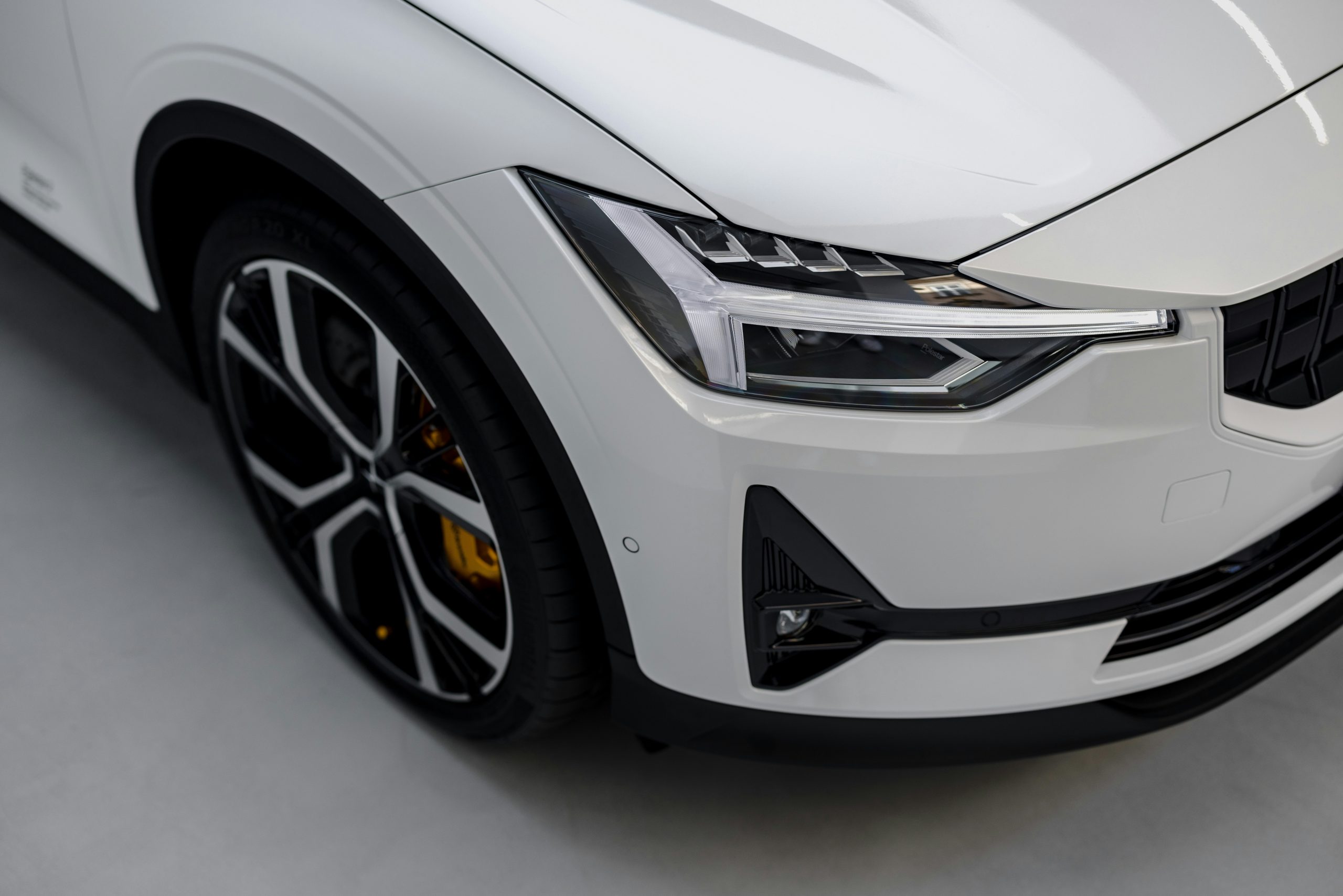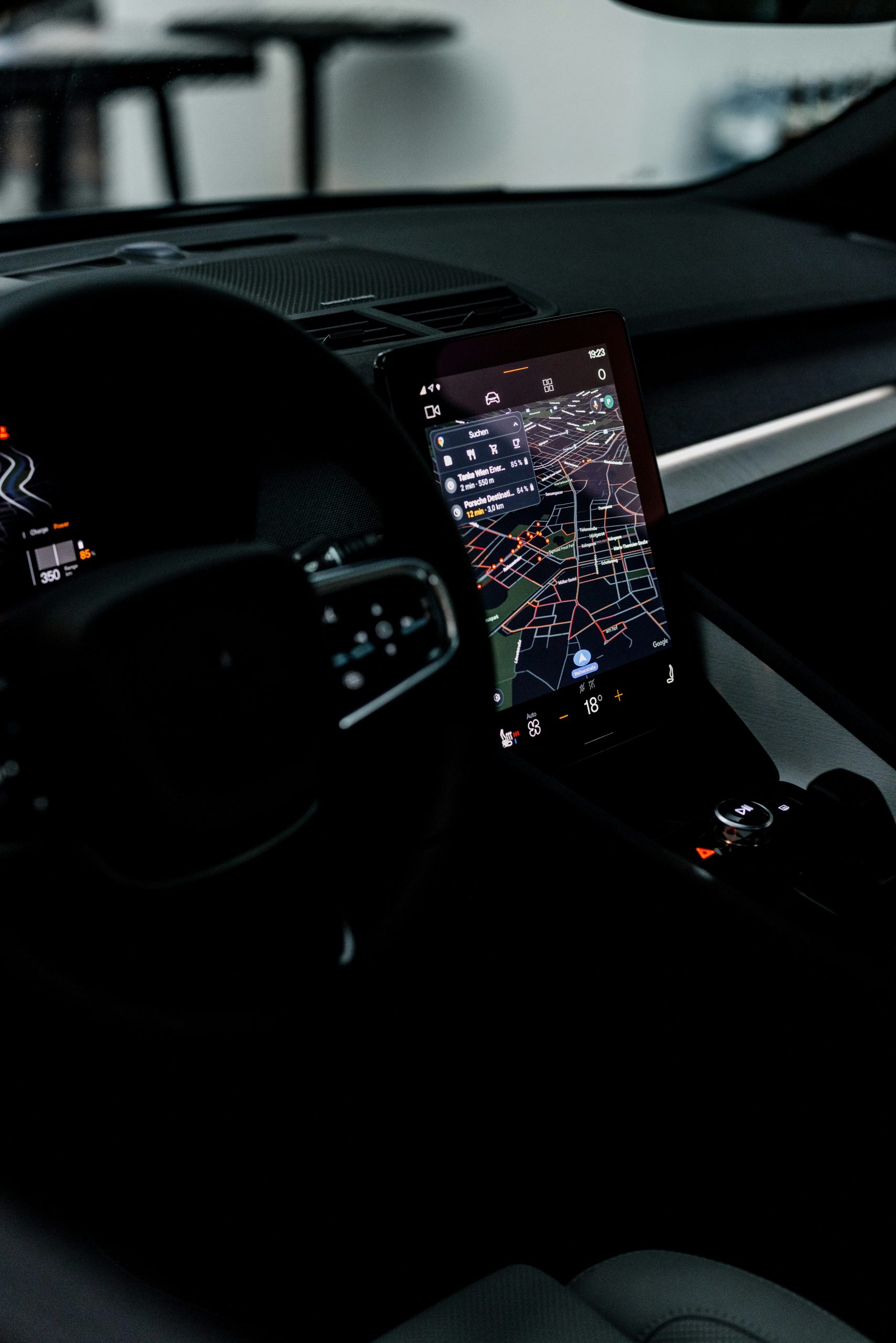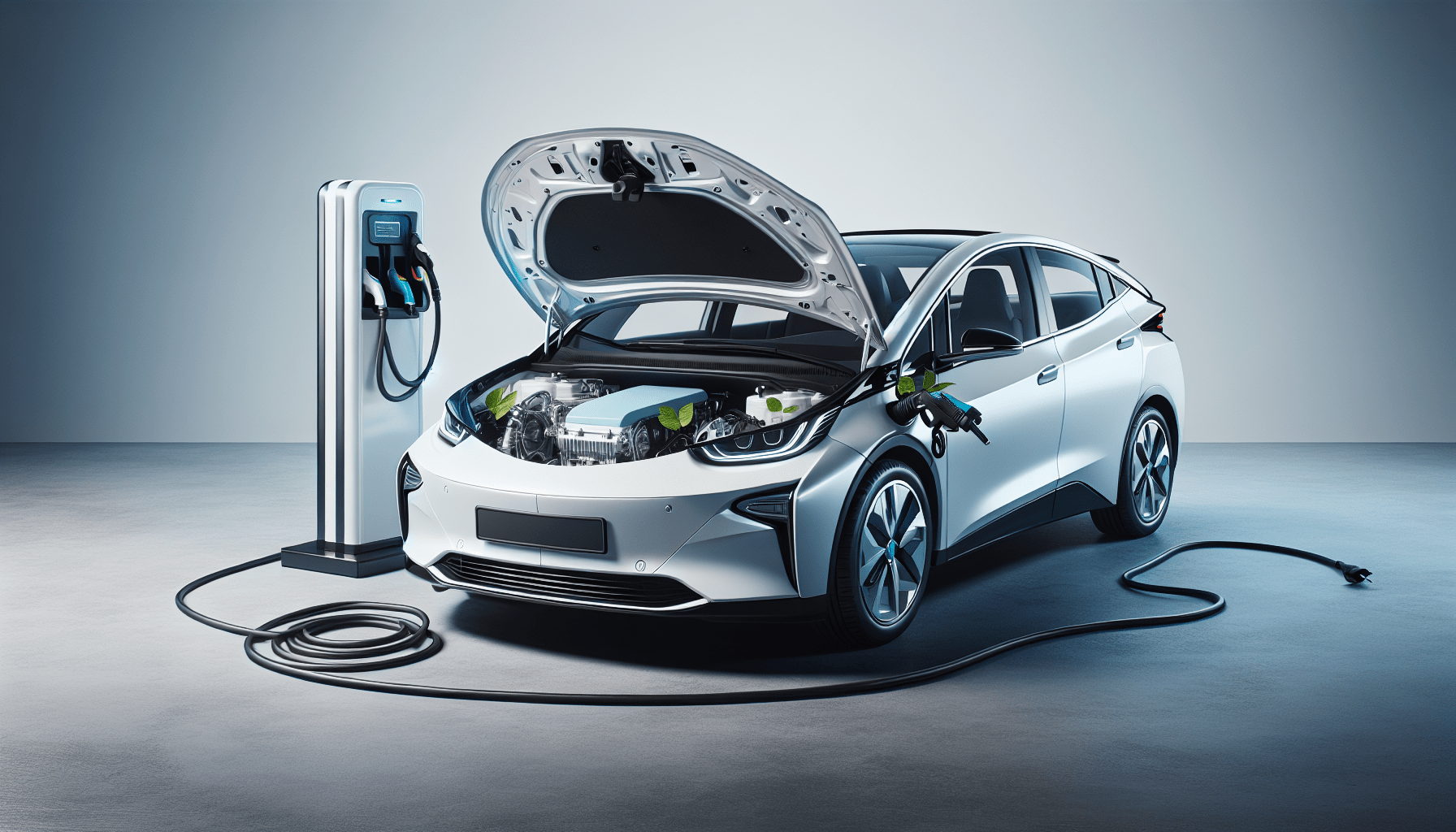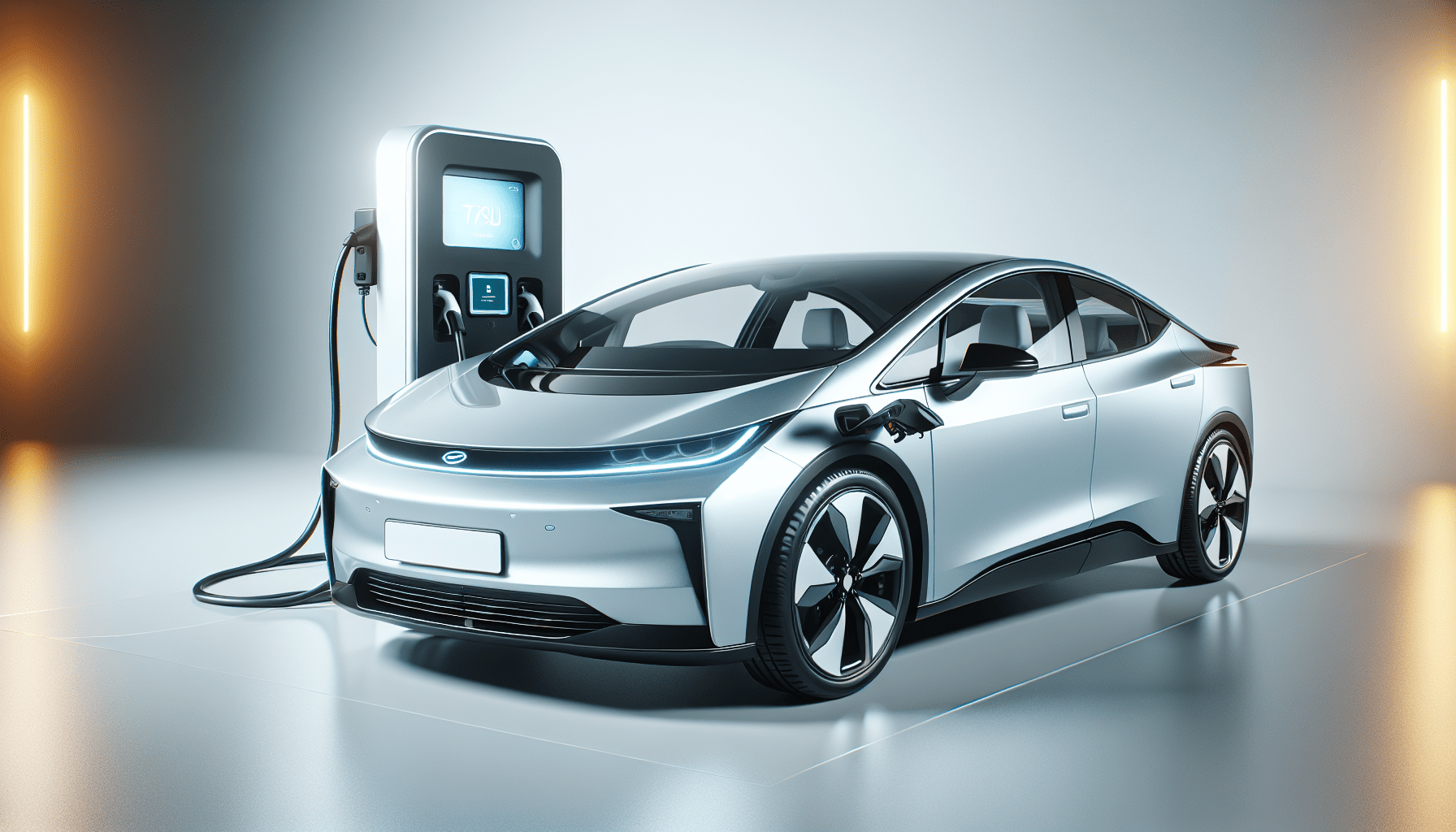What are the best practices for maintaining an electric vehicle?
We’ve probably all wondered, especially those of us fortunate enough to own an electric vehicle (EV), how we can keep it running smoothly for as long as possible. In this piece, we’ll discuss the best practices for maintaining an EV, making sure we can all enjoy the benefits of our zero-emissions rides.
Understanding the Basics of Electric Vehicle Maintenance
Electric vehicles are different from traditional internal combustion engine (ICE) vehicles in many ways. Unlike ICE vehicles, EVs have fewer moving parts, which inherently makes them easier to maintain in some respects. However, they also have their own unique components that require attention.
Major Components of an Electric Vehicle
Understanding the main components of our EVs helps us grasp how to maintain them effectively. Here are some of the critical parts:
- Battery Pack: The heart of our EV, the battery stores and supplies the electrical energy that powers the car.
- Electric Motor: This part converts electrical energy into mechanical energy to move the vehicle.
- Onboard Charger: It converts AC electrical energy from charging stations into DC energy to charge the battery.
- Cooling System: Keeps the battery and motor at optimal temperatures to ensure efficient operation and longevity.
Key Differences Between EV Maintenance and Traditional Car Maintenance
There are fewer fluids to replace and fewer components to wear out over time in EVs. However, certain areas need constant attention. Let’s delve deeper into maintaining the battery, electric motor, and other critical systems.
Best Practices for Battery Maintenance
The battery is arguably the most critical and expensive part of an EV. Proper care can extend its life significantly.
Charging Habits
One of the most crucial aspects of maintaining battery health is developing good charging habits. Here are some best practices:
- Avoid Frequent Fast Charging: While it’s convenient, frequent use of DC fast charging can degrade the battery faster than slower, Level 2 charging.
- Top Up Rather Than Deep Discharge: Instead of letting the battery drain completely, we should aim to charge it when it drops to around 20-30%.
- Charge to Optimal Levels: While tempting to keep the battery at 100%, it’s better to charge up to 80-90% for daily use and reserve 100% charging for long trips.
Temperature Management
Batteries are sensitive to extreme temperatures. Here’s how we can manage this:
- Avoid Extreme Temperatures: Whenever possible, park in a shaded area or garage to avoid extreme heat and cold.
- Preconditioning: If our EV has the feature, use battery preconditioning to optimize the battery temperature before charging or driving.

Maintaining the Electric Motor
While electric motors generally require less maintenance than ICEs, they’re not entirely maintenance-free.
Regular Software Updates
Software controls most aspects of the EV, including the electric motor. Keeping the vehicle’s software updated ensures that the motor runs efficiently and any bugs or issues are promptly addressed.
Cooling and Lubrication
- Check the Cooling System: Just like the battery, the electric motor requires a properly functioning cooling system. Ensure this system is regularly checked and filled with coolant if necessary.
- Inspect Lubrication: Some parts of the electric motor might still require lubrication. Check with the vehicle’s manual or service center for specifics.
Tire Maintenance
Tires might seem to be a minor part of EV maintenance, but they play a significant role in the vehicle’s efficiency, range, and safety.
Regular Tire Rotations and Inspections
Regular tire rotations help with even wear and prolong tire life. Additionally, we should inspect for any damages, punctures, or excessive wear regularly.
Proper Tire Pressure
Maintaining the correct tire pressure is crucial. Under-inflated tires can reduce range and efficiency, while over-inflated tires can affect handling and wear unevenly.

Brake System Maintenance
The braking system in EVs, including regenerative braking, reduces wear on traditional brakes. However, a well-maintained brake system remains critical for safety.
Checking Brake Fluid
Though EVs use regenerative braking, we still need to check the brake fluid levels periodically. Follow the manufacturer’s guidelines on checking and replacing brake fluid.
Inspect Brake Pads and Rotors
Less wear doesn’t mean no wear. Periodically inspect the brake pads and rotors and replace them as necessary.
Regular Software Updates
Software updates aren’t just for the electric motor control. These updates can range from bug fixes to new features that enhance our EV’s efficiency and performance.
Importance of Keeping Software Updated
Software updates can include crucial security patches and improvements in the overall operation of the vehicle. Staying updated ensures our EV runs smoothly and securely.
How to Update Software
Some manufacturers offer over-the-air updates, enabling us to download and install updates wirelessly. Others may require visits to a service center. Check our vehicle’s manual for specific instructions.

Exterior and Interior Maintenance
Just like any vehicle, our EV’s exterior and interior need regular cleaning and maintenance to keep it looking new and feeling comfortable.
Cleaning the Exterior
Regularly washing and waxing our EV protects the paint and keeps it looking great. Avoid automatic car washes with abrasive brushes that can scratch the paintwork.
Maintaining the Interior
Using appropriate cleaning products for seats, dashboard, and electronics keeps the interior comfortable and prolongs its life. Be especially careful when cleaning screen interfaces to avoid damage.
Scheduling Regular Professional Check-Ups
Regardless of how well we maintain our EV at home, regular professional check-ups by certified technicians are essential.
Importance of Scheduled Maintenance
Scheduled maintenance ensures all aspects of our EV are thoroughly checked, from software updates to mechanical checks. It also helps us catch problems early, before they become costly repairs.
What to Expect During a Professional Check-Up
Professional check-ups typically include battery diagnostics, software updates, tire inspection, brake inspection, and a thorough check of electrical systems. It’s good to keep a record of all maintenance performed, which is helpful for future service and resale value.

Managing Warranty and Extended Service Plans
Understanding our EV’s warranty and any optional extended service plans can save us a lot of trouble and expense.
Knowing the Warranty Coverage
Most EVs come with warranties that cover essential components such as the battery and electric motor. Familiarize ourselves with what’s covered and the duration of the warranties.
Considering Extended Service Plans
Extended service plans can offer additional peace of mind, covering components that might not be included in the standard warranty. Evaluate the cost versus potential benefits based on our usage patterns.
Common Misconceptions About EV Maintenance
There are several misconceptions about maintaining EVs that can lead us astray. Let’s clear up some of these common myths.
Myth: EVs Require No Maintenance
While EVs generally require less maintenance than ICE vehicles, they are not maintenance-free. Regular checks and good practices are essential to ensure longevity and safety.
Myth: EV Batteries Need to Be Replaced Frequently
With proper care and good charging habits, EV batteries can last for many years, often beyond the typical lifespan of the vehicle.

Summary of Best Practices
To make things a bit easier, let’s summarize the best practices for maintaining an electric vehicle.
| Component | Best Practices |
|---|---|
| Battery | Avoid frequent fast charging, top up rather than deep discharge, manage temperature. |
| Electric Motor | Regular software updates, check cooling system, inspect lubrication. |
| Tires | Regular rotations, maintain proper pressure, inspect for damage. |
| Brakes | Check brake fluid, inspect pads and rotors. |
| Software | Keep updated for security patches and new features. |
| Exterior & Interior | Regular cleaning, use appropriate products for the interior. |
Conclusion
Maintaining our electric vehicle properly ensures that we can enjoy a reliable, efficient, and environmentally friendly driving experience for years to come. By following these best practices, not only do we get the most out of our investment, but we also contribute to a more sustainable future. Let’s embrace these maintenance routines and drive confidently, knowing our EV is in top shape.



